Underwater Acoustic System Analysis, Second Edition
$84.00
Underwater System Acoustic Analysis by William S. Burdic ISBN: 9780932146632
This book presents the fundamentals of underwater acoustics, signal generation and signal processing in sufficient depth so as to permit analysis and optimization of the performance of underwater acoustic detection systems. Indeed, this classic text is as valid today as when last updated and expanded in 1991. Fundamentals don’t go out of date.
Following a historical review in chapter 1, chapters 2 through 5 cover the generation and propagation of compressional acoustic waves in the ocean, including the complex effects that occur at the surface and bottom boundaries. Chapters 6 through 9 present a review of Fourier methods, correlation techniques, and random processes to familiarize the student with the notation and math processes used in the remainder of the book. Chapter 10 addresses the sources and characteristics of ambient noise in the ocean. Special attention is given to the directional characteristics of ambient noise field and the resulting effect on the noise spatial correlation function. Chapter 11 considers acoustic beamforming as a spatial filtering operation used to improve the detection of concentrated signals in the presence of spatially distributed ambient noise. Chapter 12 presents characteristics of targets: radiated acoustic energy for passive systems; acoustic reflectivity and the undesired reverberations of active systems. Chapter 13 addresses the statistical basis for performance analysis; chapter 14 adaptive methods in spatial filtering; and chapter 15, detailed mathematical examples of performance analysis.
Although this text was written primarily with the system analyst in mind, the material presented here is useful in teaching Underwater Acoustic Systems Analysis at the senior undergraduate and graduate levels. Of particular benefit to students is the within-the-book review of Fourier methods, correlation techniques, and random processes. Of particular benefit to both students and to instructors are the carefully constructed problems at the end of each chapter with selected answers at back of the book. Further, on request to the publisher, instructors using this book for their courses can request a manual detailing the solutions to all problems, fully worked out.
Underwater Systems Acoustic Analysis is finest text for the teaching of acoustic systems analysis available anywhere today. The book is thorough, logically organized, easy to understand, and very readable. The author, William S. Burdic, long-time technical systems leader for Autonetics Marine Systems Division of Rockwell International, passed away in recent years but he well deserved a medal for this marvelous teaching text.
Reviews
There are no reviews yet.
Related products
Psychological Acoustics
Propagation
Aeroacoustics
Antisubmarine Warfare
Propagation
Signal Detection


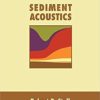
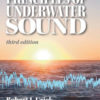

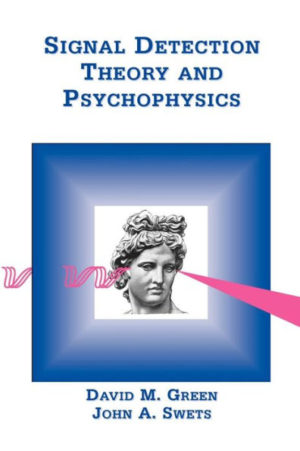
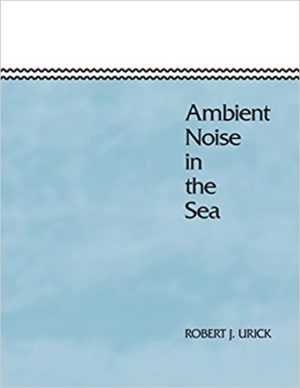
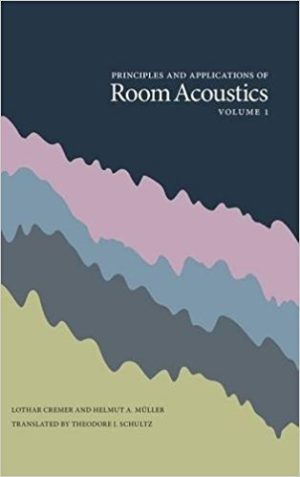
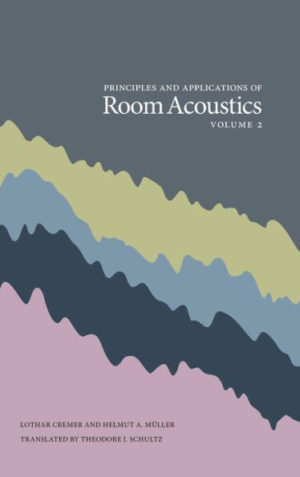
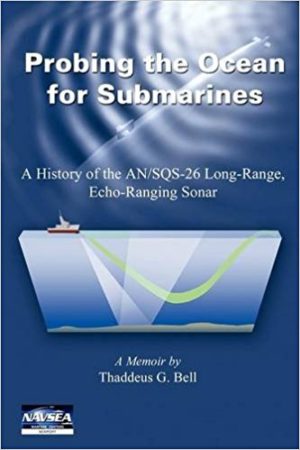
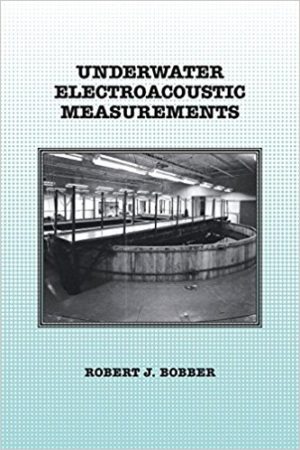
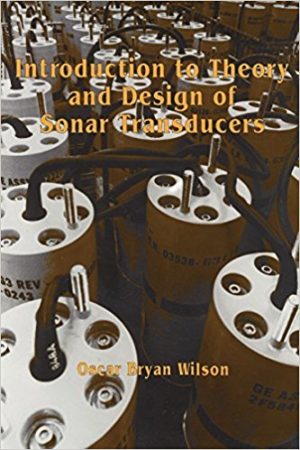
Be the first to review “Underwater Acoustic System Analysis, Second Edition”